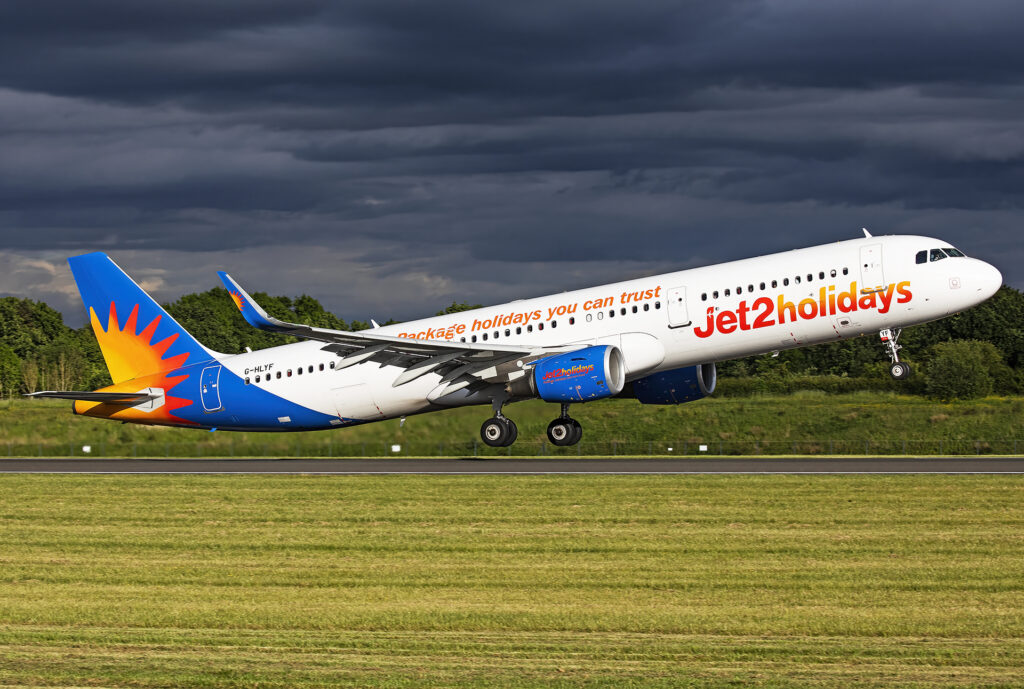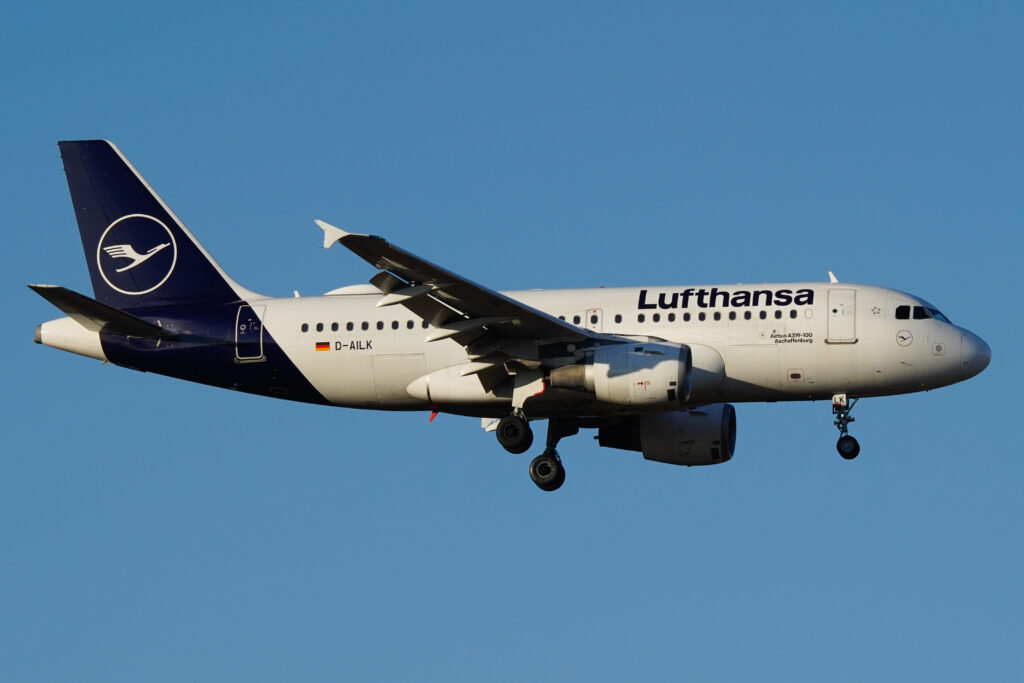LONDON – In this article, we take a deep dive into the long-standing history of the Airbus A320 family, from the A318 to the present day.
Since its announcement in the mid-1980s, the A320 Family has gone on to become one of the world’s best-selling commercial airliners in the world and has seen the family develop into the likes of freighters and Airbus Corporate Jets (ACJ).
So without further ado, let’s take a look at the history of the Airbus A320 family.
Where It All Began

First announced in 1984, followed by its first test flight in 1987, and then finally entering passenger service in 1988 with the launch customer Air France, the A320 set the path ahead for success within the family.
Interestingly, when the aircraft launched, it was powered by the two powerplant options we still see on existing A320s today, the CFM56 and IAE V2500 engines.
However, it is worth noting that multiple variants have stemmed from the original engines over time.
Since its first delivery, the A320 alone has sold an incredible 4,763 units to over 100 customers, and to this day, you can still find the type flying amongst a large range of its customers across the world.
Growing Bigger

After the successful launch of the A320, it wasn’t long before Airbus stepped up its game and released the next installment in the program… The Airbus A321.
The A321, known to very few as the A320-500 when it was first launched, was a stretched variant of the A320 and featured minor exterior physical changes (most notably the stretched fuselage), including changes to the flaps and trailing edges as well as increased wing area.
The first A321 was delivered to German flag carrier and launch customer Lufthansa in 1994, who went on to receive 64 of the type.
Probably the most interesting fact about the A321 is it was the first aircraft made by Airbus to have its final assembly plant in Hamburg, the current location for the entire A320 family as we know it today.
Downsizing

Growth for the A320 family did not stop there for Airbus, with the manufacturer creating its third variant of the A320, with that being the A319.
The A319 was created as a way for Airbus being able to compete with Boeing’s 737-300 and -700 variants and was achieved by cutting out four fuselage frames.
The first A319 example was delivered to now-defunct Swissair (now reincarnated as Swiss International Airlines) in 1996, 2 years after the first A321.
The type since then, like its two older brothers, also went on to be a massive success for Airbus, with 1,486 aircraft having been ordered over time.
Shrinking Even Further

Following the success of its A320, A321, and A319 aircraft, Airbus decided to go further with an even smaller version of the original design, which would be known as the A318 or “Baby Bus,” to avgeeks in the community.
Sadly for Airbus, the A318 put an end to the success streak the manufacturer had been witnessing, with the type only ever accumulating a total of 129 orders.
However, only 80 of these were delivered due to customers switching their choices for other A320 family jets.
In total, only 6 customers took on the A318, with Frontier being the launch customer for the type in 2003. 20 years later, in 2023, not many of these aircraft are still flying with Frontier, LATAM Group, and British Airways has retired all their examples.
Air France is currently in the process of retiring their fleet in favor of the modern Airbus A220-300.
New Engine Option (NEO)

Fast forwarding seven years to 2010, Airbus had seen record sales for its A320 family aircraft, and now it was time for the next step.
In December of that year, the Airbus A320 New Engine Option (NEO) was announced, and it featured a whole host of improvements in fuel efficiency and overall performance.
When the A320NEO family was announced, it was launched with 3 variants, the A319NEO, A320NEO, and A321NEO, with no A318NEO due to the original A318 not proving to be a success.
When taking a look at the A320NEO, the first notable feature compared to its predecessors is the massive new engines it boasts.
Airlines have two options when it comes to engine selection and they are either the CFM56-LEAP-1A or Pratt & Whitney PW1000G, with both engines providing what Airbus describes as “unbeatable fuel efficiency” since they produce up to 50% less noise and up to 20% in fuel savings and CO2 emissions.
The first A320NEO was delivered to launch customer Lufthansa in 2016, and since then, the family has continued to be a major success for Airbus, with 3,980 aircraft ordered.
Furthermore, the first A321NEO was delivered to the launch customer Virgin America in 2017, and it, too, has proven a success.
In contrast, Airbus’ A319NEO has not sold as well as Airbus had hoped for, with only 3 airlines placing orders for the aircraft since its launch.
In more recent years, Airbus’ continued success with the NEO Family has prompted them to go further, with the manufacturer since launching both the A321NEO LR and XLR variants, with the LR currently in service with a handful of airlines, including Aer Lingus and JetBlue and the XLR currently slated for delivery in 2024.
The idea behind Airbus’ move to enhance its A321NEO is due to the demand for aircraft needed to replace aging mid-range aircraft such as the Boeing 757.
With no direct replacement from Boeing, Airbus has managed to capitalize on orders for these enhanced variants.

The A320 Family Wrapped Up
Since its inception in 1984, the A320 family has become quite the aircraft family, putting pressure on the competition at Boeing and opening up the options for airlines when looking for their next short-haul aircraft.
For Airbus, it is their biggest success story to date, accumulating more than 10,000 orders across all variants.
With no end in sight for the program, it will be interesting to see how it develops in the years to come, whether a whole new sub-family will be created or a whole new aircraft family will be created to put the A320 family to sleep.









